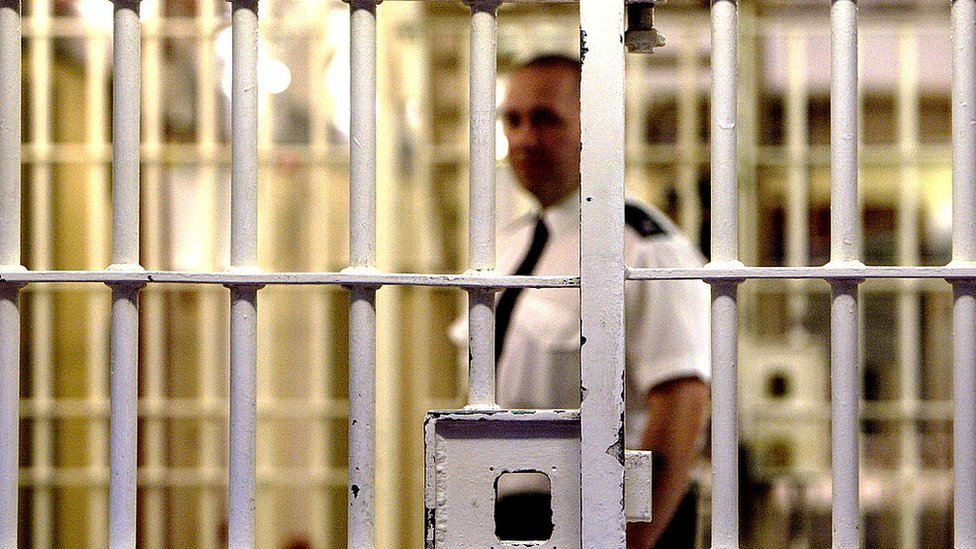By Nazgol Ghandnoosh
One in five Black men born in 2001 is likely to experience imprisonment within their lifetime, a decline from one in three for those born in 1981. Pushback from policymakers threatens further progress in reducing racial inequity in incarceration
Following a massive, four-decade-long buildup of incarceration disproportionately impacting people of color, a growing reform movement has made important inroads. The 21st century has witnessed progress both in reducing the U.S. prison population and its racial and ethnic disparities. The total prison population has declined by 25% after reaching its peak level in 2009.1 While all major racial and ethnic groups experienced decarceration, the Black prison population has downsized the most. The number of imprisoned Black Americans decreased 39% since its peak in 2002.2 Despite this progress, imprisonment levels remain too high nationwide, particularly for Black Americans.
Reforms to drug law enforcement and to sentencing for drug and property offenses, particularly those impacting urban areas which are disproportionately home to communities of color, have fueled decarceration and narrowed racial disparities.3 These trends have led scholars to declare a “generational shift” in the lifetime likelihood of imprisonment for Black men.4This risk has fallen from a staggering one in three for those born in 1981 to a still troubling one in five for Black men born in 2001.5 Black women have experienced the sharpest decline in their imprisonment rate, falling by 70% between 2000 and 2021.6
But nine years after national protests catapulted the Black Lives Matter movement following the police killing of Michael Brown in Ferguson, Missouri and three years after a national racial reckoning triggered by Minneapolis police officers killing George Floyd, progress in reducing racial disparity in the criminal legal system is incomplete and at risk of stalling or being reversed.
The United States remains fully in the era of mass incarceration. The 25% decline in the total prison population since 2009 follows a nearly 700% buildup in imprisonment since 1972.7 The prison population in 2021 was nearly six times as large as 50 years ago, before the era of mass incarceration, and in 2022 the prison population expanded.8 The prison and jail incarceration rate in the United States remains between five and eight times that of France, Canada, and Germany and imprisonment rates in Arkansas, Louisiana, Mississippi, and Oklahoma are nearly 50% above the national average.9 The reluctance to fully correct sentencing excesses, particularly for violent crimes as supported by criminological evidence, prolongs the harm and futility of mass incarceration.10
Racial equity in incarceration remains elusive. The lifetime likelihood of imprisonment among Black men born in 2001, although decreased, remains four times that of their white counterparts.5 Black women’s rate of imprisonment in 2021 was 1.6 times the rate of white women.12 These disparities are even more pronounced in certain states, and among those serving the longest sentences.13 In 2021, American Indian and Latinx people were imprisoned at 4.2 times and 2.4 times the rate of whites, respectively.14 Fully uprooting these racial and ethnic disparities requires both curbing disparities produced by the criminal legal system and addressing the conditions of socioeconomic inequality that contribute to higher rates of certain violent and property crimes among people of color.
Washington, DC: The Sentencing Project, 2023. 16p.





















